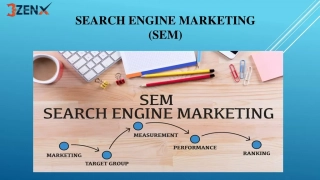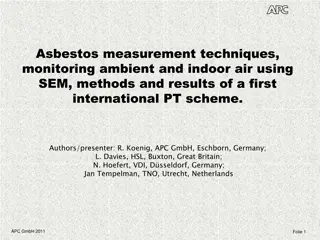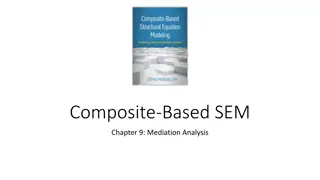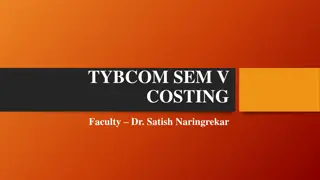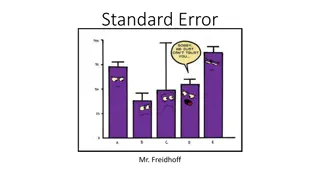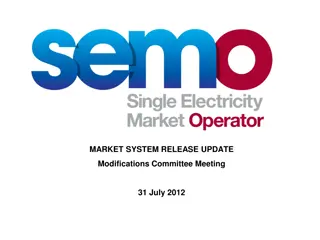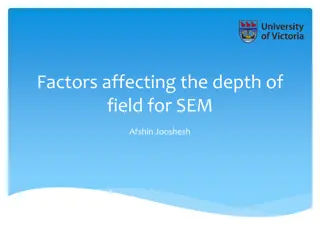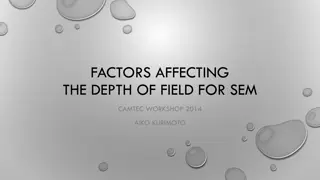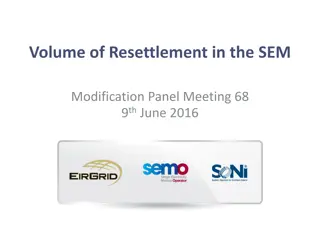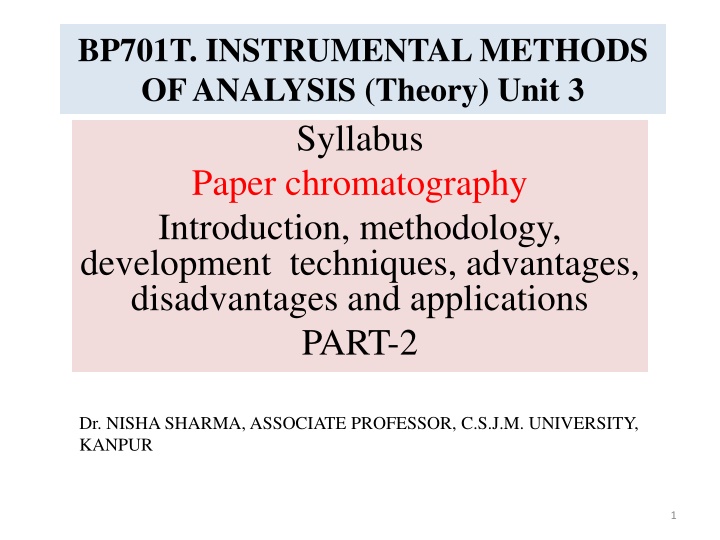
Chromatography Development Techniques and Methodology Overview
Explore the development techniques and methodology of chromatography, including ascending, descending, radial paper chromatography, and 2D paper chromatography. Learn about the steps involved in chromatography methodology, choice of technique, choice of paper (featuring Whatman chromatographic papers), and modifications for efficient separation of substances. Enhance your understanding of chromatography applications and advantages/disadvantages with expert insights from Dr. Nisha Sharma, Associate Professor at C.S.J.M. University, Kanpur.
Download Presentation

Please find below an Image/Link to download the presentation.
The content on the website is provided AS IS for your information and personal use only. It may not be sold, licensed, or shared on other websites without obtaining consent from the author. If you encounter any issues during the download, it is possible that the publisher has removed the file from their server.
You are allowed to download the files provided on this website for personal or commercial use, subject to the condition that they are used lawfully. All files are the property of their respective owners.
The content on the website is provided AS IS for your information and personal use only. It may not be sold, licensed, or shared on other websites without obtaining consent from the author.
E N D
Presentation Transcript
BP701T. INSTRUMENTAL METHODS OF ANALYSIS (Theory) Unit 3 Syllabus Paper chromatography Introduction, methodology, development techniques, advantages, disadvantages and applications PART-2 Dr. NISHA SHARMA, ASSOCIATE PROFESSOR, C.S.J.M. UNIVERSITY, KANPUR 1
Development techniques: 1. Ascending Tech. Draw a line with pencil from one end of paper Apply 2.5 l vol. (sample & ref.) at about 2 cm interval on line Tank: Mobile phase to a depth of 1 cm, Line tank with paper Equilibrium time: 2-3 hr Suitable ht. 15-20 cm Remove the paper, Dry, locate the components Components sample sample 2
3. Radial Paper chromatography Solvent spreads radially by capillary action 4
4. 2D PAPER CHROMATOGRAPHY 1st development in one solvent by ascending. Then at perpendicular to 1st in 2nd solvent Done for Complex mixtures 5
METHODOLGY (STEPS INVOLVED) 1. Choice of technique: Depends on nature of substance to be separated 2. Choice of paper: Depends on qualitative or quantitative analysis, for analytical or preparative chrom. or subs. used is hydrophylic or lipophilic, neutral or charged species 6
METHODOLOGY (Choice of paper) Whatman chromatographic papers : depends on type of separation Coarser or faster papers: Whatman 31ET: used when the components have Rf values wide apart Slow paper: rarely used, but facilitate better resolution of subs with close Rf values Slow papers: whatman 20, Schleicher & schull 2045, Macherey nogel 261, Edrol 208 Heavy papers- W 3MM, preparative purpose 7
METHODOLOGY (Choice of paper) Paper is composed of 99% -cellulose & mineral content Modifications to paper can be done For separation of polar subs. efficiently exchange capacity of paper can be sed by sing carbonyl content (1.4%) by partial oxidation By partial hydrolysis- soaking paper for 24 hrs. in 7% HCl & washing with H2O & ethanol successively- capillarity of paper is sed Rigidity of paper: sed by acetylation, esterification & other chemical methods 8
3. METHODOLOGY (selection of solvent) 3. Selection of Mobile phase: depends on the fact that the Rf values should be different for different constituents present in a mixture. Generally solvent mixture which give Rf between 0.2-0.8 for a sample is selected From the DEC, the polarity of solvent can be obtained 9

